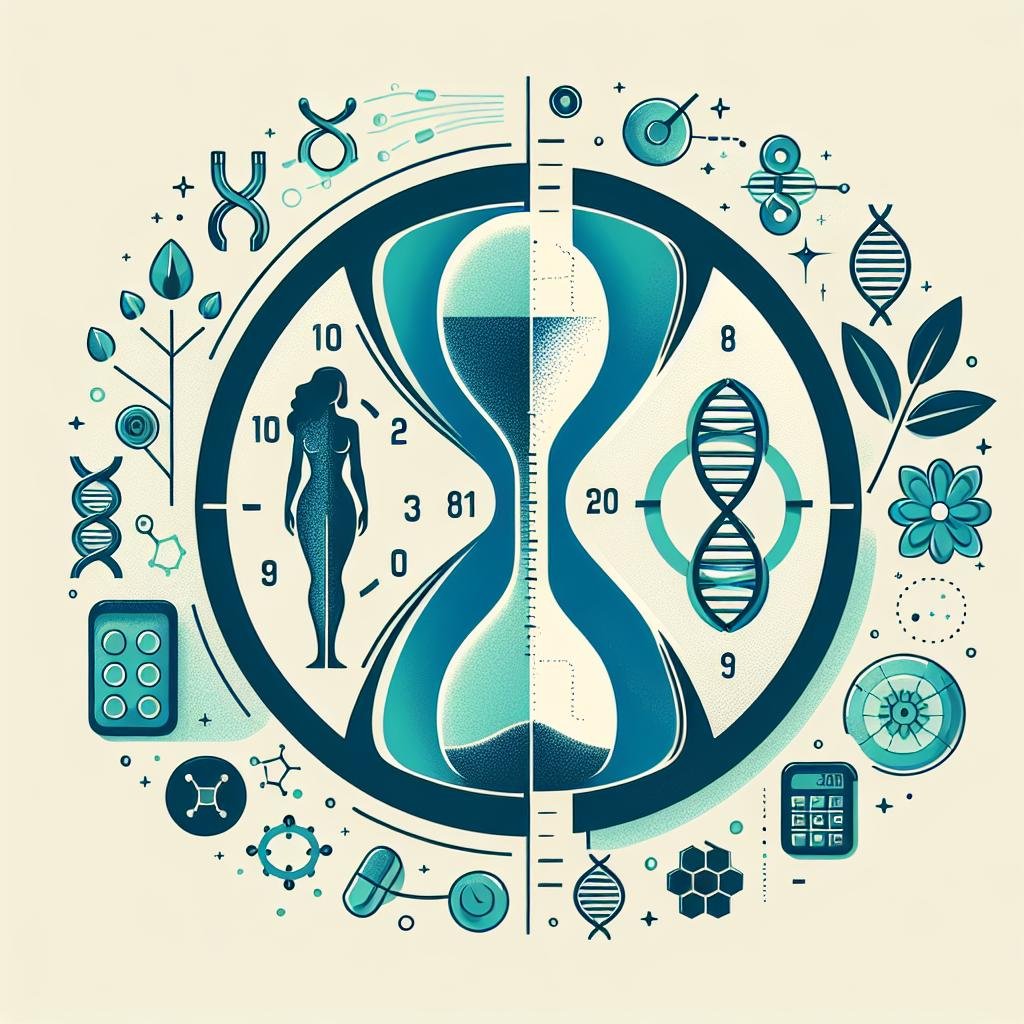in a world where wellness trends ebb and flow like the tides, intermittent fasting has emerged as a beacon of interest for many seeking to navigate the complex landscape of health. While this eating approach is often lauded for its myriad benefits, including weight loss, enhanced metabolism, and improved focus, it’s essential to acknowledge that its effectiveness can vary substantially between individuals—especially when it comes to women. Female physiology, wiht its unique hormonal rhythms and life stages, calls for a tailored approach to intermittent fasting that honors these distinct characteristics. In this article, we delve into the science behind intermittent fasting and explore how women can best adapt this practise to align with their bodies, ensuring a journey toward wellness that is both nourishing and empowering. Whether you are a seasoned practitioner or a curious newcomer, understanding these nuances could be the key to unlocking your health potential through this time-honored technique.
understanding the Female body: Unique Metabolic Needs and Hormonal Fluctuations
Understanding the nuances of the female body is essential in developing effective health strategies, especially when it comes to dietary approaches like intermittent fasting. Women experience unique metabolic needs stemming from hormonal fluctuations throughout their menstrual cycle. This is largely influenced by estrogen and progesterone,which can affect energy levels,hunger cues,and overall metabolic rate. During certain phases of the cycle, typically the follicular phase, women may find themselves more resilient to fasting, while in the luteal phase, increased cravings and lower energy can make prolonged fasting more challenging.By recognizing these patterns, women can better tailor their fasting schedules for optimal health benefits.
To effectively adapt intermittent fasting to the female physiology, consider the following strategies:
- Cycle Tracking: Monitor your menstrual cycle to identify when you might feel more energetic or fatigued.
- Adjusting Fasting Windows: Experiment with shorter fasting periods during the luteal phase and longer windows during the follicular phase.
- Hydration and Nutrition: Focus on maintaining hydration and incorporating nutrient-dense foods that support hormonal balance.
Below is a simple table outlining potential fasting-and-eating windows based on the menstrual cycle phases:
| Cycle Phase | Recommended Fasting Window | Notes |
|---|---|---|
| Follicular | 16:8 | Higher energy levels, better fat oxidation. |
| Ovulatory | 14:10 | Peak energy; maintain balanced meals. |
| Luteal | 12:12 | Increased cravings; focus on nourishing foods. |
| Menstrual | Variable | Listen to your body; self-care is paramount. |

Choosing the Right Fasting Window: customizing Intermittent Fasting for Women
When customizing intermittent fasting for women, the key is to listen to your body and understand its unique rhythms. Women may experience fluctuating energy levels and cravings that vary throughout their menstrual cycle, making it essential to tailor the fasting window accordingly.For example, during the follicular phase, some may find it easier to extend their fasting window, whereas, during the luteal phase, a shorter eating window might be more suitable.Consider these factors when choosing your fasting hours:
- Cycle Awareness: Monitor how your body responds to fasting during different phases.
- Energy Levels: Adjust your eating window based on your activity levels and overall energy.
- Health goals: Align your fasting schedule with personal health,fitness,or weight loss objectives.
Additionally, experimenting with various fasting durations can reveal what resonates best with your lifestyle. A typical approach might include 16:8, where you fast for 16 hours and eat during an 8-hour window. However, women might also benefit from alternative schedules such as 14:10 or even 12:12, which lend adaptability and adaptability. The following table summarizes some popular fasting windows and their potential benefits:
| Fasting Window | Eating Window | Potential Benefits |
|---|---|---|
| 16:8 | 8 hours | Weight loss, improved metabolism |
| 14:10 | 10 hours | More sustainable, less restrictive |
| 12:12 | 12 hours | Gradual introduction, easier adjustment |

Nutrition During Fasting: Essential Nutrients for Female Wellbeing
During fasting, it’s essential for women to prioritize nutrient-dense foods that support overall health while ensuring hormonal balance. Incorporating healthy fats, lean proteins, and complex carbohydrates into meals is crucial.These nutrients help to maintain energy levels, support metabolic function, and influence hormonal health positively.Focus on avocados, nuts, and seeds for healthy fats; chicken, fish, and legumes for protein; and quinoa, sweet potatoes, and leafy greens for carbs. Each of these choices fuels the body with vital macro and micronutrients that sustain it through fasting periods.
Additionally, certain vitamins and minerals play especially vital roles during fasting. Ensure sufficient intake of magnesium,vitamin D,and iron which can often be overlooked. These nutrients not only support energy production but also enhance mood and cognitive function. A simple way to keep track of your nutrient intake during fasting is to follow a balanced eating window. Below is a swift reference table for ideal food choices and their corresponding benefits:
| Food Type | Benefits |
|---|---|
| Healthy Fats | Supports hormonal balance and brain health |
| Lean Proteins | Builds muscle and aids recovery |
| Complex Carbs | Provides sustained energy |
| Vitamins & Minerals | Enhances mood and cognitive function |

Listening to Your Body: Recognizing Signs That Indicate Fasting Is Working or Not
Understanding your body’s responses to intermittent fasting can significantly enhance your experience and effectiveness of the practice. It’s essential to be attuned to the signals your body sends, which can be a good indicator of whether the fasting approach is working for you. Some signs of effective fasting include:
- Increased energy levels during fasting periods
- Heightened mental clarity and focus
- Improved digestive comfort and regularity
- A stable mood without significant peaks and troughs
Conversely,if you notice negative symptoms,it may be a clue to reassess your fasting strategy:
- Extreme fatigue or lethargy
- Persistent hunger pangs distracting from daily tasks
- Frequent irritability or mood swings
- Physical discomfort or health issues,like headaches or nausea
To further track these responses,consider maintaining a simple log that captures your daily experiences with fasting. As a notable example, a table can definitely help you observe patterns over time:
| date | Energy level | Mood | Physical Symptoms | Comments |
|---|---|---|---|---|
| Day 1 | High | Positive | None | Great start! |
| Day 5 | Moderate | Neutral | Light headache | Need to hydrate more |
| Day 10 | Low | Irritable | Fatigue | Consider shortening fasting window |
By actively listening and responding to your body’s cues, you can better tailor your intermittent fasting approach to suit your unique physiology and lifestyle, making the journey both effective and enjoyable.
to Wrap It Up
understanding intermittent fasting through the lens of female physiology opens up a world of possibility for women seeking to harness the benefits of this dietary approach.By acknowledging hormonal fluctuations, unique metabolic needs, and lifestyle factors, women can tailor intermittent fasting to suit their individual bodies and goals. Remember, there is no one-size-fits-all solution; what works for one may not work for another. Listen to your body, adjust your approach as needed, and prioritize your well-being above all. As you embark on this journey, may you find balance, empowerment, and a deeper connection to your own health. Embrace the exploration and discover the path that speaks to you, for your body deserves a nurturing ally in the quest for vitality.

